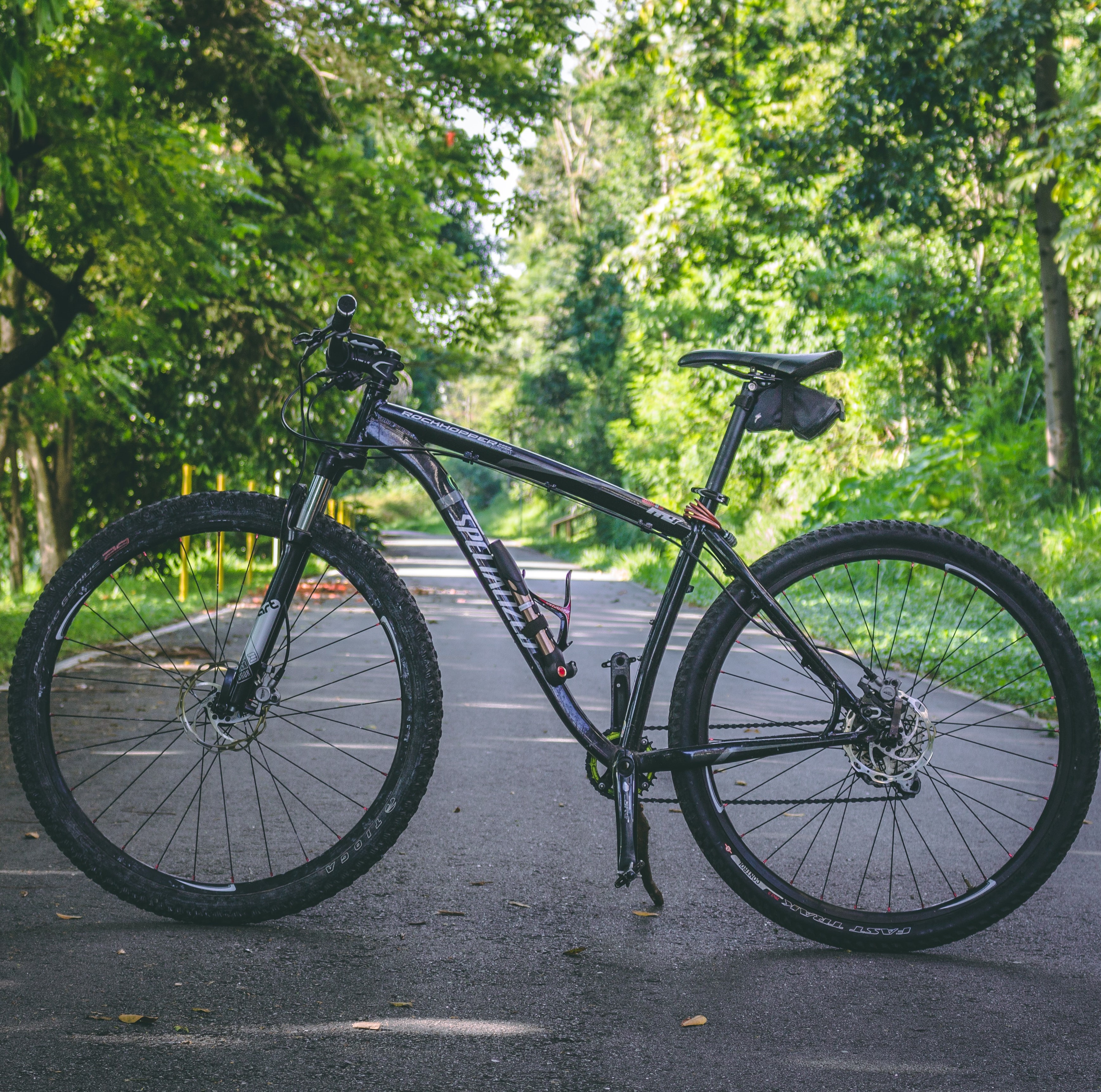Vehicles contribute to around 68% of Bengaluru's particulate matter of 10 microns or less (PM10) emissions. The Center for Study of Science, Technology and Policy’s (CSTEP’s) study indicates that PM10 could increase by at least 12% by 2024 compared with the 2019 levels if we do not implement immediate measures.
Bengaluru measured over 214 days in the ‘good’ AQI levels in 2020 and 208 days in 2021, thanks to reduced traffic and commercial activities during the lockdown. However, pollution levels shot back up as soon as the lockdown was lifted and commuting resumed. With active participation from its citizens and effective implementation of policies, the garden city of India could become the trendsetter for active mobility in India.

Click here for the article
Anish Rajesh is a former intern at CSTEP.